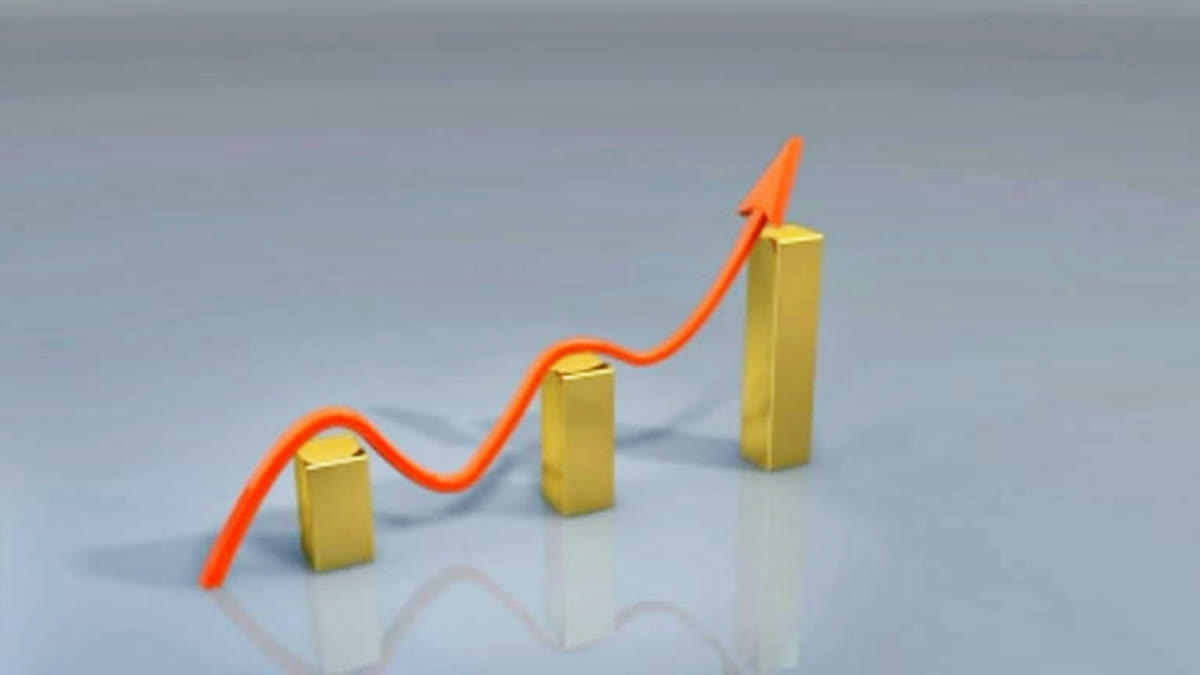Hyderabad: India Ratings and Research, a Fitch Group rating agency, Wednesday upwardly revised its country’s GDP growth forecast for the current financial year from 5.9 per cent to 6.2 per cent, an increase of 30 basis points due to a variety of global and domestic factors.
In a statement sent to ETV Bharat, the rating agency said that there are a number of factors that are supporting the economic recovery such as higher capital expenditure by the government, and deleveraged balance sheets of Indian corporate and banks. These positive factors also include a likelihood of subdued global commodity prices (raw material), and above all the possibility of a new capital expenditure cycle by the country’s private sector.
As a result of these positive factors, the rating agency said, the country’s economic growth in the current financial year (April 2023 to March 2024 period) is likely to be much higher than its earlier forecast of 5.9 per cent.
India Ratings and Research is part of the Fitch Group which is one of the big three sovereign rating agencies. The other two global rating agencies are Moody’s and Standard and Poor’s.
The agency, however, warned that there are constraints as well. For example, a sluggish global economy is putting pressure on India’s exports which recorded a contraction in the first three months (April-June) of the current financial year.
What is driving India’s economic growth?
According to the analysts at the rating agency, both the Centre and state government’s capital expenditures have registered healthy growth. This positive factor is supported by the possibility of the private sector pitching in the country’s growth story by investing more.
According to the agency, the Gross Fixed Capital Formation (GFCF) will grow by 10.1 per cent in the current financial year. It has recorded a higher growth rate of 11.4 per cent in the last financial year on a year-on-year basis. It will be mainly due to a sustained increase in the government’s capital expenditure as the government is building more roads, airports, seaports, expanding metro and rail network and spending heavily on other infrastructure projects to support economic recovery.
As per the latest data analysed by the agency, while the Centre's capital expenditure grew 45.3 per cent on a year-on-year basis in the first quarter of this fiscal, state governments’ capital expenditure for 20 large states registered an impressive increase of over 75 per cent during the same period.
Expenditure on the capital account and grants-in-aid for the creation of capital assets together in the union budget FY24 has been pegged at 4.54 per cent of the country’s GDP. It was 3.86 per cent for the last financial year as per the revised estimates. The agency said the private sector’s greenfield capital expenditure barring a few sectors has remained down and out now for several years.
However, according to a study published in the RBI Bulletin for August 2023 titled Private Corporate Investment: Performance and Near-term Outlook, a new private corporate capital expenditure cycle is in the offing and private capital expenditure spend could reach a decadal high in the current financial year, it said.
